Val di Funes is located in the center of the Dolomites in South Tyrol and gives visitors unique views and an atmosphere of peace and tranquility. Here in the valley, some of the best known spots undoubtedly include the Odle Mountains, which feature peaks that can dominate the entire valley. The characteristic villages of the valley are nestled in the green of their forests and hills. The small hamlets of St. Peter’s, San Valentino, Valluzza with its ancient spa complex renowned for its healing waters, and the characteristic alpine farms of the hamlet of Hill offer the place an unparalleled charm. Funes Valley has no shortage of waterfalls and centuries-old forests that can provide opportunities for hiking and outdoor activities. One example? The Adolf Munkel Trail, considered a rock gym with different levels of difficulty. Funes Valley is also an ancient place that has its roots in prehistoric times, such as the locality below the Tschaufis back, which houses remains from pre-Christian times such as of pottery and animal sacrifices. In addition to this, the valley is known for its quaint little churches, such as St. Magdalene’s Church , or St. John’s Church in Ranui , which preserve pictorial works inside ranging from the 16th to the 18th century. So if you feel the need to experience carefree days of relaxation and natural beauty, we have chosen for you ten must-see places in Val di Funes: here they are.
The quaint village of St. Peter’s in Val di Funes (it is a hamlet of the municipality of Funes) is located on a hill and houses at its center several buildings such as the parish church, the library, and a small theater. Surrounded by its green forests, the village also offers several cultural clubs and the Funes Valley marching band. Young people who want to make a living from events and music can also attend organized concerts, where they can express their creativity and passion for the musical discipline.
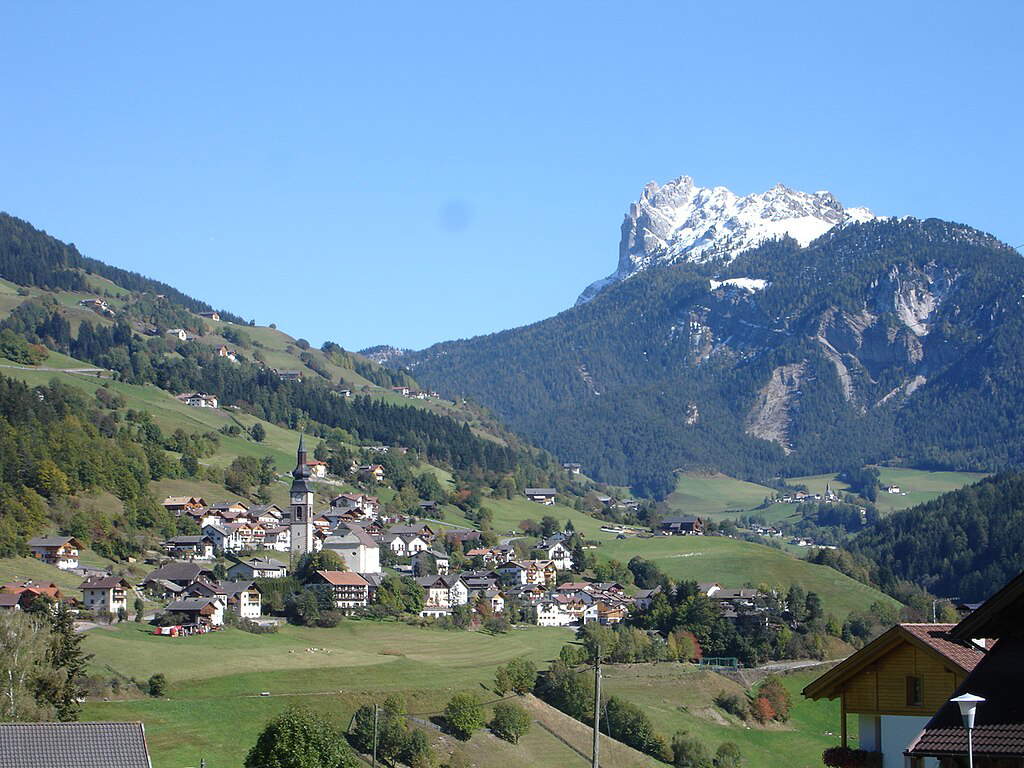
There are several trails in Val di Funes. One of the best known and most striking is precisely the Adolf Munkel Trail, also called the Odle Trail. Its trail runs at the base of the Odle, where one can enjoy impressive views of a vast and fragrant vegetation that features a rich variety of alpine plants. Given its uniqueness and the geology of the Dolomites, the Trail is a UNESCO Natural Heritage Site and is considered a rock gym with different levels of difficulty.
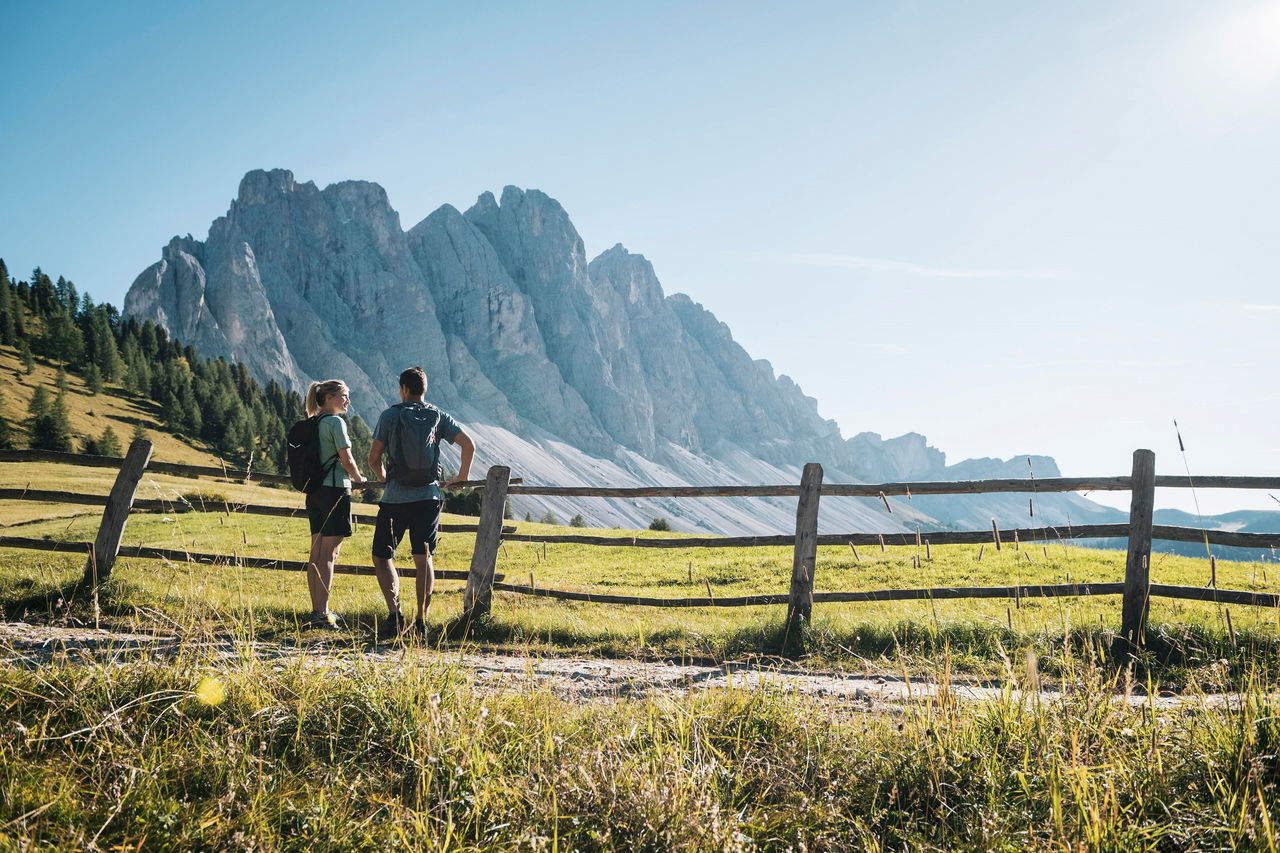
The village of Tiso is located on a knoll from which there is a panoramic view of the Eisack Valley and the Brixen basin. Its center preserves the Mineralogical Museum, which houses a collection of minerals and fossils that still fascinate young and old alike. From the hill of Tiso, you can also experience hiking trails among the nearby mountains and forests, where you can collect tasty chestnuts. Its strategic location in direct contact with the sun allows the cultivation of vines. Of particular importance, in addition to this, is the well-known Holy Sepulcher Hill, which features a chapel dedicated to the Holy Sepulcher with remains of trenches and a Bunker dating back to World War I.

The village of T iso houses at its center the Mineralogical Museum , which gives a tour of the origin and different characteristics of the crystals that can be found in the Dolomites, especially in Val di Funes and also in other Alpine regions of Italy. Guide Paul Fischnaller, a mineral collector, has been collecting crystals for 30 years: among them, inside the Museum are the famous Tiso Spheres.
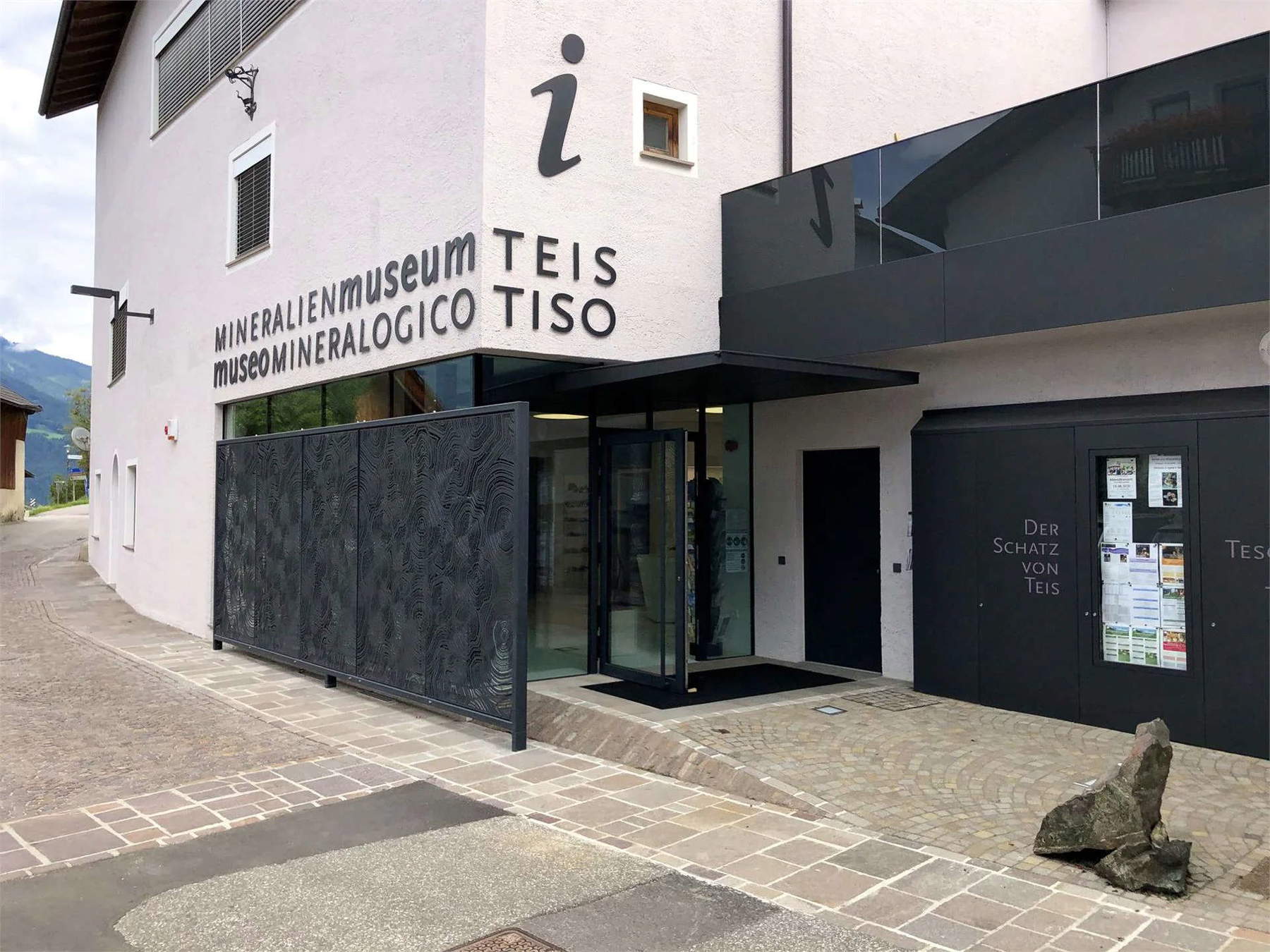
The church dedicated to St. Magdalena in the hamlet of St. Magdalena has ancient origins. Built on a site that was probably also frequented in prehistoric and pagan times, it dates back to 1394. Of the first building mentioned in a document, only the bell tower remains to this day. The present building, from 1492, dates from the late Gothic period, while the interior features Baroque elements, such as the choir vault. The church also features the richly decorated altar, at which St. Magdalene stands in an attitude of contrition, while at its sides are sculptures of Saints Peter, John the Baptist, John the Evangelist, and Jerome. Of great artistic importance are the paintings in the vault by artist Johann M. Peskoller from 1928.
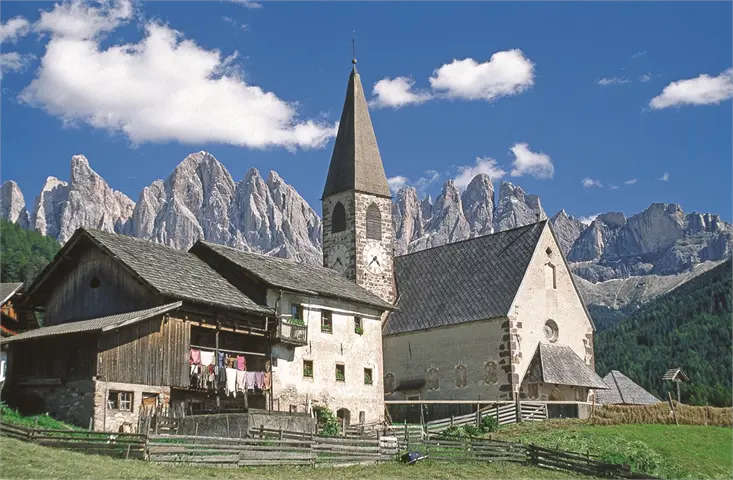
The Baroque sanctuary of St. John in Ranui, in the hamlet of St. Magdalena, was commissioned by Michael von Jenner in 1744. Its interior contains an altarpiece painted by painter Franz Unterberger depicting Mary on the throne with baby Jesus on her lap and John of Nepomuk. In addition to this, nine wall paintings, from the mid-18th century probably by Brixen court painter Nikolaus Weis, depict scenes from John’s life. The church’s dome, on the other hand, supports a star that refers to John’s martyrdom. His death in fact occurred by drowning in the Vltava River, and later a star-shaped garland managed to lead men to his corpse.
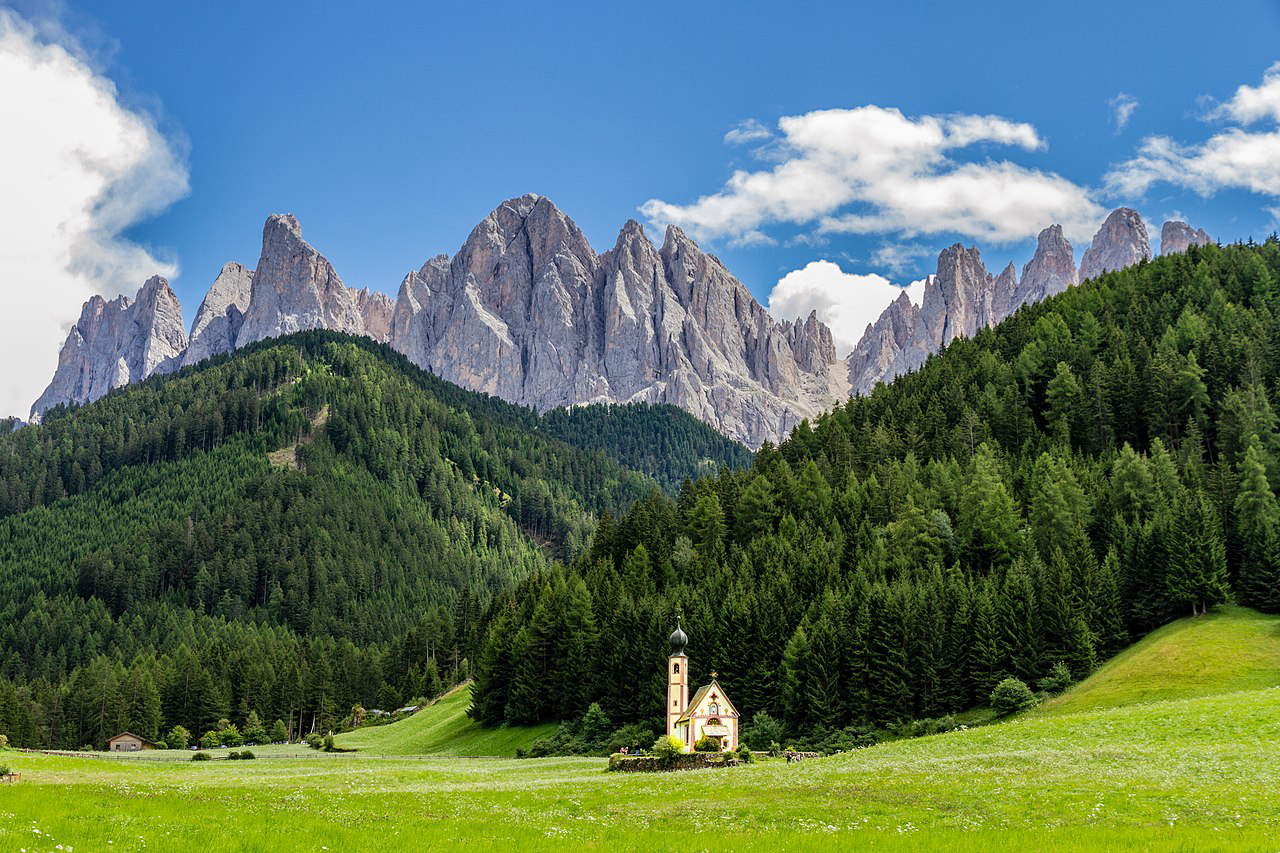
Established as a settlement since ancient times, the village of San Valentino in Val di Funes lies to the west of the hamlet of St. Peter’s, alongside the prehistoric site of Miglanz. Inside the village is the oldest church in the valley, which still features elements from the Romanesque and Gothic styles. A curiosity? On the outside of the sanctuary is preserved a fresco depicting St. Christopher, the patron saint of pilgrims. Its presence highlights how the church was located along a transit route for travelers.
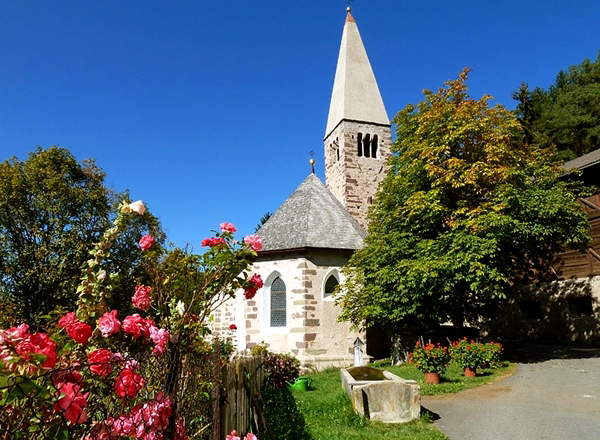
The village of Valluzza is known for its ferruginous water spring, as confirmed by analyses submitted by Dr. Josef Liebl and pharmacist Peer from Brixen, who noted iron oxide and free sulfuric acid within the water with healing properties. The hamlet is still home to the old and well-known “Bad Froy” thermal bath, frequented mainly by women for its fertility-related properties. Currently, the complex is run by a religious order and is used to accommodate youth groups during stays. It is also possible, from the village of Valluzza, to reach the waterfalls hidden among the valley. Forty-five meters high, they give the visitor an evocative atmosphere.

The village of Hill is located on a hilly rise at an altitude of between 1350 and 1590 meters, and can be reached by taking the road to Passo delle Erbe. For lovers of fresh air, green forests and relaxation under the shade of trees, the village of Hill is an ideal place to regenerate. Despite the presence of many isolated structures, the farmers of Hill continue to show stubbornness and courage, managing to maintain a subsistence base even through tourism.
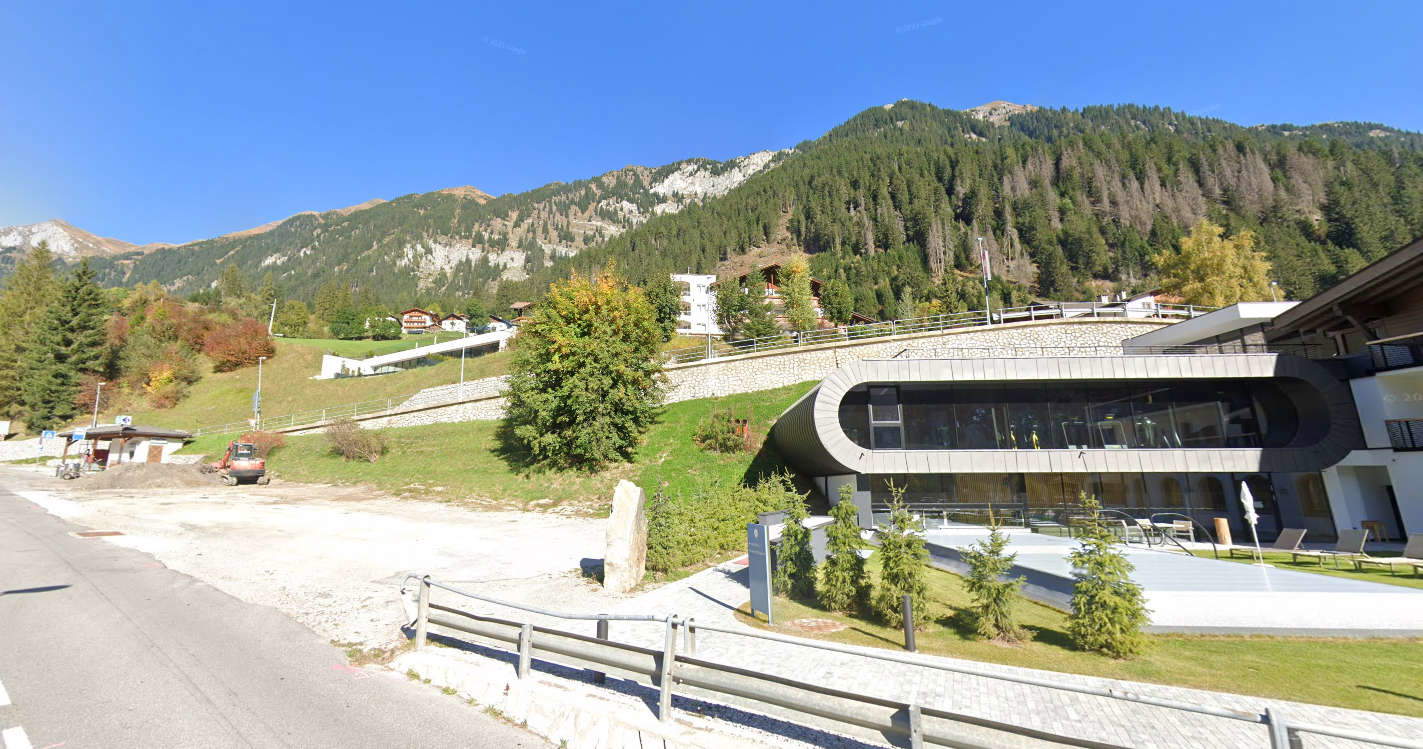
Ortisei ’s St. James Church is located along the route from Funes to the Eisack Valley. The holy place, which houses a Gothic triptych from 1517 inside, is located on the top of a hill that offers a panoramic view of the entire valley. Inhabited since prehistoric times, the location below the Tschaufis back was a pagan and pre-Christian place of worship. Remains of animal sacrifices and pottery remains have been found in this regard.

 |
| Funes Valley, what to see: 10 places not to be missed |
Warning: the translation into English of the original Italian article was created using automatic tools. We undertake to review all articles, but we do not guarantee the total absence of inaccuracies in the translation due to the program. You can find the original by clicking on the ITA button. If you find any mistake,please contact us.